Students with disabilities report bullying as an issue that affects their lives, more than their non-disabled peers, a Beachcomber survey finds. However, students, teachers and administrators remain divided as to how big an issue bullying really is in Beachwood.
Students with disabilities usually have IEP or 504 plans that give disabled students special instruction or accommodations in school. 46% of surveyed students who identified themselves as having either an IEP or 504 said they had been bullied. This percent is double the percent of those in the non-disabled population who said they had been bullied.
The survey was an anonymous questionnaire given to all sophomore English classes (or at least those who were present the day the survey was taken). Students in the resource English and resource reading classes were not included in the survey. 94 students were sampled, and of those 94, 13 identified themselves as having an IEP or 504.
However, BHS students don’t seem to experience bullying more than other high school students across America. 26.6% of sophomores reported being bullied during the 2008-2009 school year, a nationwide survey conducted by the National Center for Educational Statistics (NCES) found. Similarly,roughly a quarter of the total population (both non-disabled and disabled) reported being a victim of bullying in the Beachcomber survey.
Despite the survey’s finding that disabled students report bullying twice as often as typical students, some students do not see the issue of bullying of disabled students to be a major issue. Sophomore Ami Scherson, who participated in the survey, is among these students.
“We’re a small school, and by having [disabled] people in our classes and in our school, we have respect [for] them,” she said.
Another survey participant, sophomore Hannah Firestone, felt that students with disabilities were bullied just as much as students without disabilities. “I feel like people understand that if the students are disabled , it’s not their fault, why pick on them?” she said.
“For the most part, it seems kids are pretty accepting here of differences,” said special education aide Jacqueline Scotese.
However, last year’s bullying incident reports seem to back the survey finding that students with disabilities are more likely to report bullying. According to BHS Assistant Principal Paul Chase, of the 14 cases of bullying, harassment, and intimidation last year, four involved a victim with an IEP. That means that 29% of bullying incidents reported to Chase involve a student with an IEP being bullied.
Students with IEPs made up 18% of the BHS student body during the 2011-2012 school year. For 18% of BHS to represent nearly a third of all reported cases of bullying indicates that they are overrepresented, though it is impossible to know whether they are more likely to report it or more likely to actually be bullied.
In addition, 30% of the surveyed students said they had observed a disabled student being bullied in the past year.
The survey’s data came as a slight surprise, even to those who work with the disabled every day.
“It’s surprising [the number of disabled students who experience and witness bullying] that it’s as high as it is,” said Scotese. “[It] isn’t surprising that it goes on, but [such a high number is surprising].”
It’s possible, also, that overrepresentation of students with disabilities in last year’s incident reports is simply because there is not enough data.
“I think there is a lot of bullying that goes unreported,” said Chase.
Only half of students surveyed said they felt comfortable reporting to teachers. Most students who reported bullying based on disability said they did nothing, and most students who said they were a victim of bullying also said they did nothing. However, most students who said they witnessed bullying incidents (whether based on disability or not) said they stood up to the bully.

No one said that they reported bullying of themselves or peers to the school, and only one person said that they reported an incident of bullying based on disability to the school. In comparison, in the national NCES survey, 36.3% of students who reported being a victim of bullying said they reported the bullying to the school. It is clear that under-reporting is an issue that affects the nation, however much more so in Beachwood.
“I believe it is under-reported,” said BHS school psychologist Ronna Posta, who said on average only four students come to her a year about bullying. “I believe kids don’t feel comfortable reporting,”she said.
When asked whether she would be likely to report bullying once she saw it, Firestone said: “…probably not because I most likely don’t know if the person wants me to.”
An anonymous 2011 bullying survey of Beachwood Middle School students also revealed that under-reporting is an issue in Beachwood.
“There were greater numbers of students, for sure, that reported bullying [in the survey] than what gets reported to the principal,” said Lauren Broderick, Director of Pupil Services for Beachwood City Schools.
Do we know how big of a problem under-reporting is nationwide? in previous article?
A lack of data could have also impacted the survey results. The sample size of the disabled is small, and doesn’t represent disabled students in the resource reading and English classes. Another factor potentially skewing the survey data is the subjective nature of the definition of the term bullying, as a definition was not provided to survey takers.
“It is not always clear that bullying is bullying,,” the guidance dept. wrote in a statement issued to the Beachcomber . “It has to do with with the perception of the person who is receiving the bullying and the person who is witnessing [it].”
Students with disabilities were also more likely to say that bullying was a major issue at BHS. 25% of those who identified themselves as having an IEP or 504 plan said bullying was a major issue, versus 16% of non-disabled students.
Students and staff differ in evaluating the scope of the issue of bullying at Beachwood.
“I don’t feel like it’s really major compared to what they do in other schools,” said Scherson. “I feel like, most people in Beachwood have morals not to bully in general.”
I think Beachwood is a really accepting environment,” said Scotese.
Yet there are others in the school who do see bullying as an issue. “I don’t think it’s particular problematic, but it’s an issue. I mean it happens,” said Firestone.
Posta agrees that bullying is an issue at BHS. “It is an issue but often goes unnoticed if not seen or reported,” she said in a written statement.
No matter the size of the issue, the survey finds that 25% of students feel bullied. So what can be done to help these students?
“You have to plant the seed early on. Kids have to know from the start that bullying is not acceptable,” said Posta. “It has to start early out by change with time. (…) Teachers have to be good role models as well.”




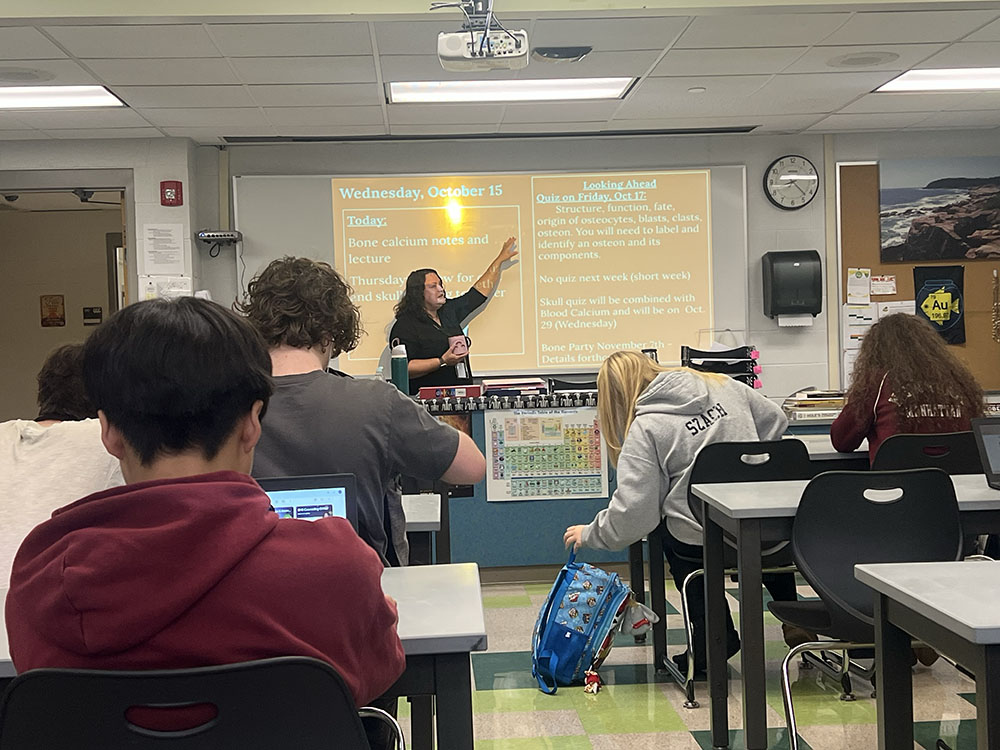
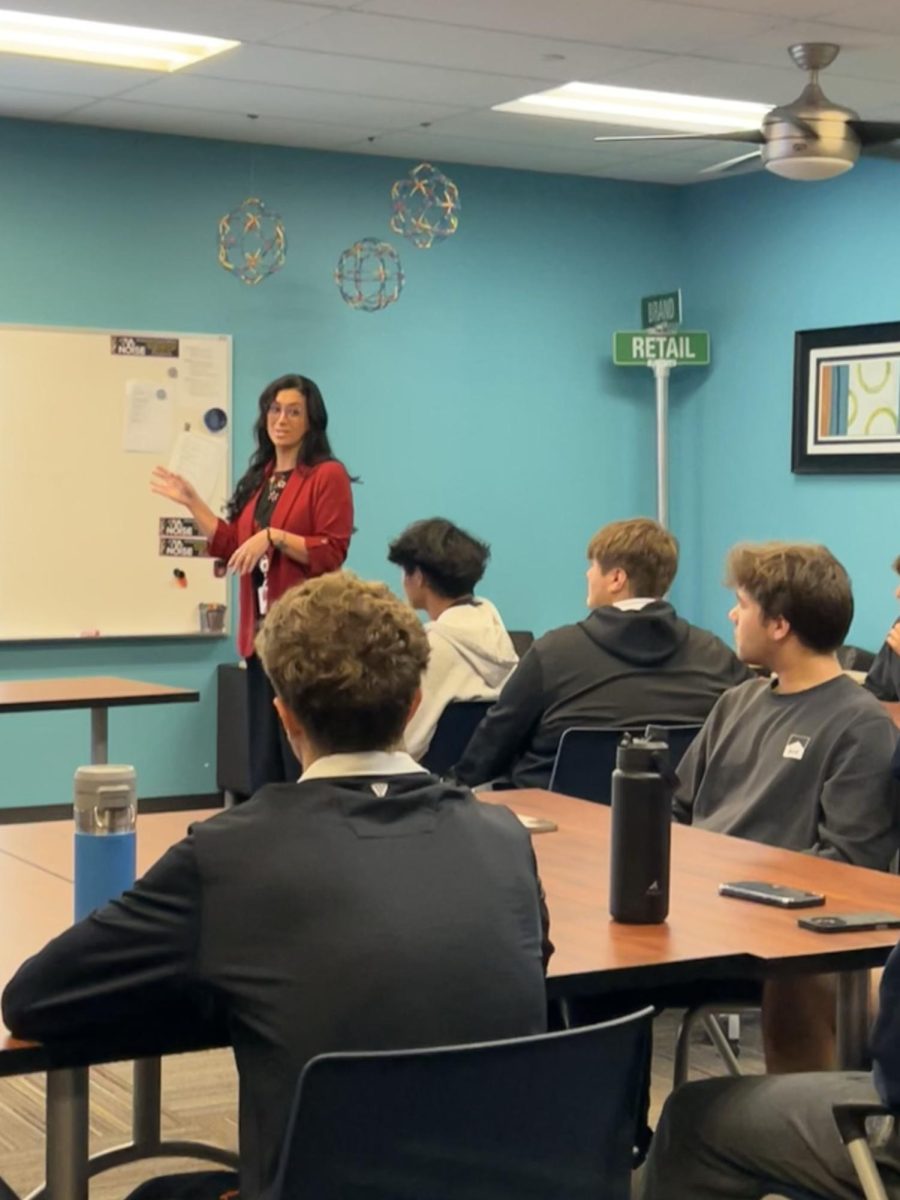





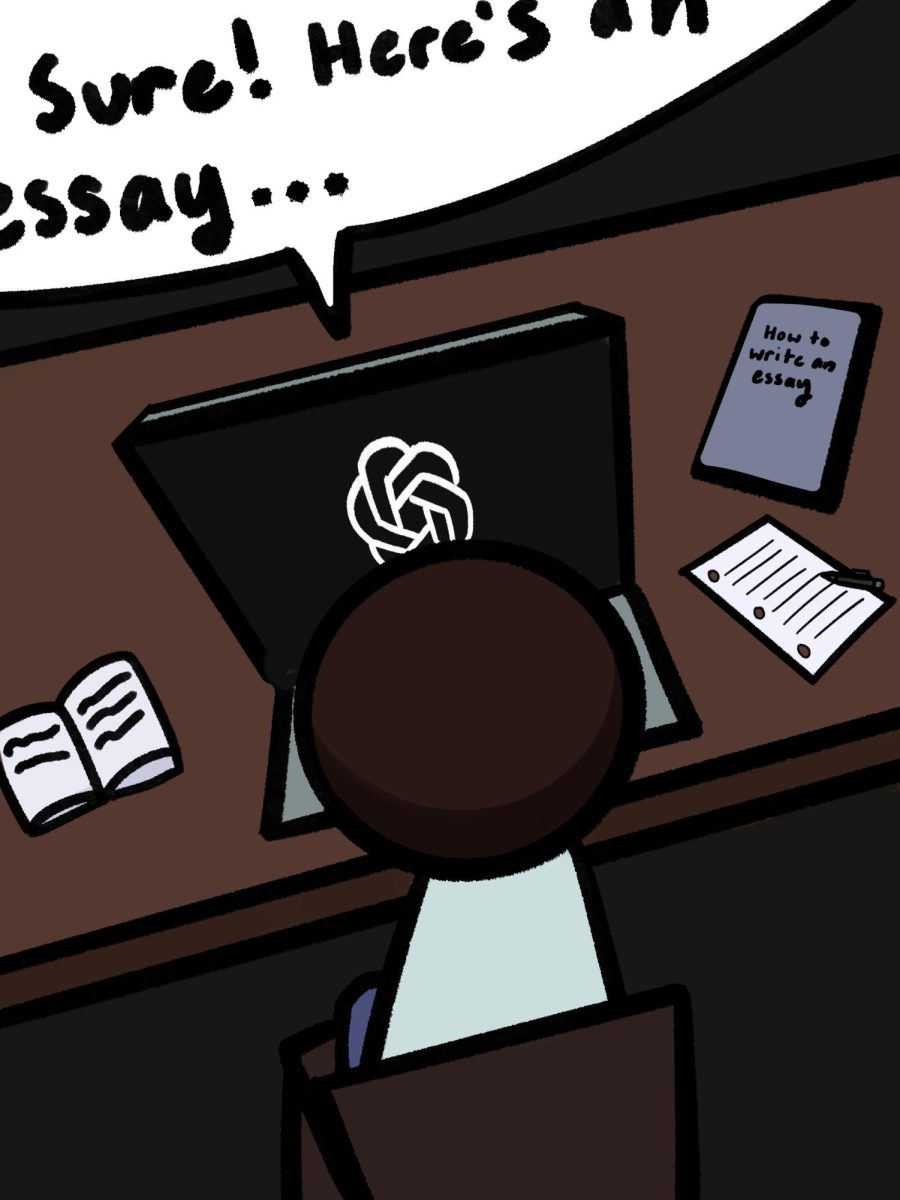
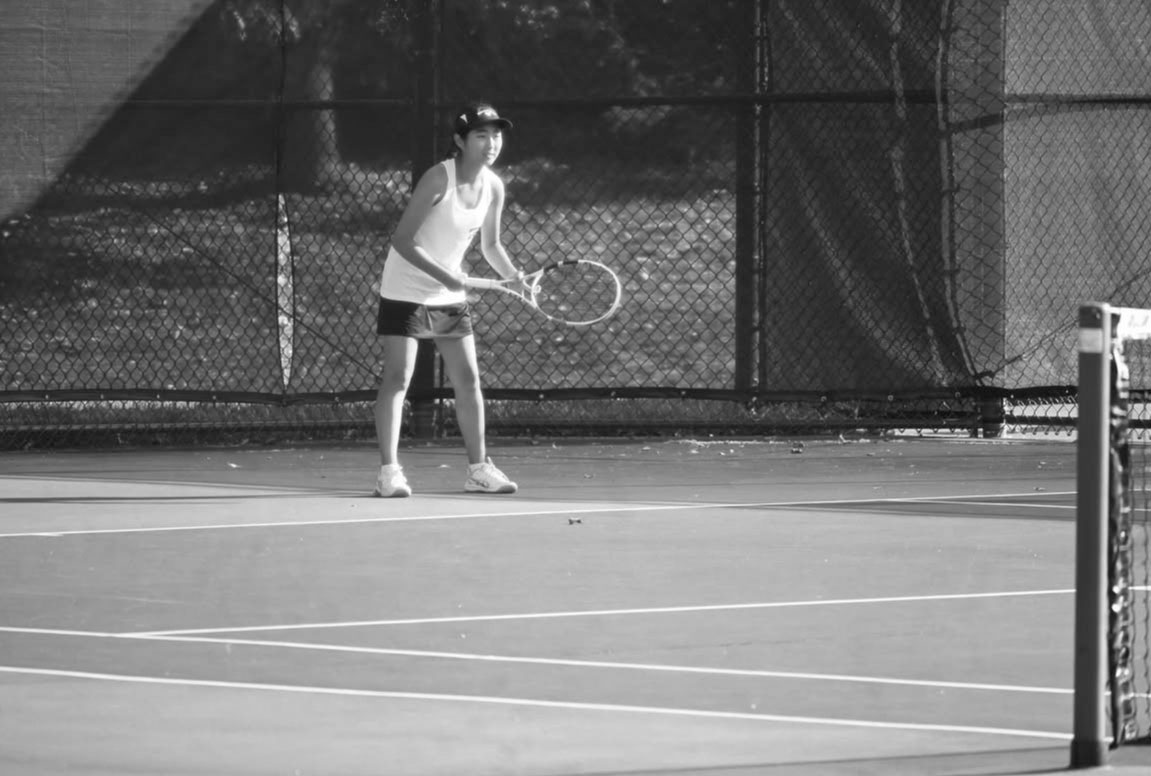
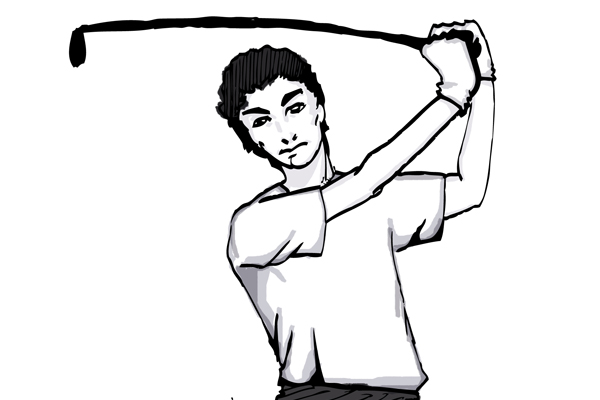
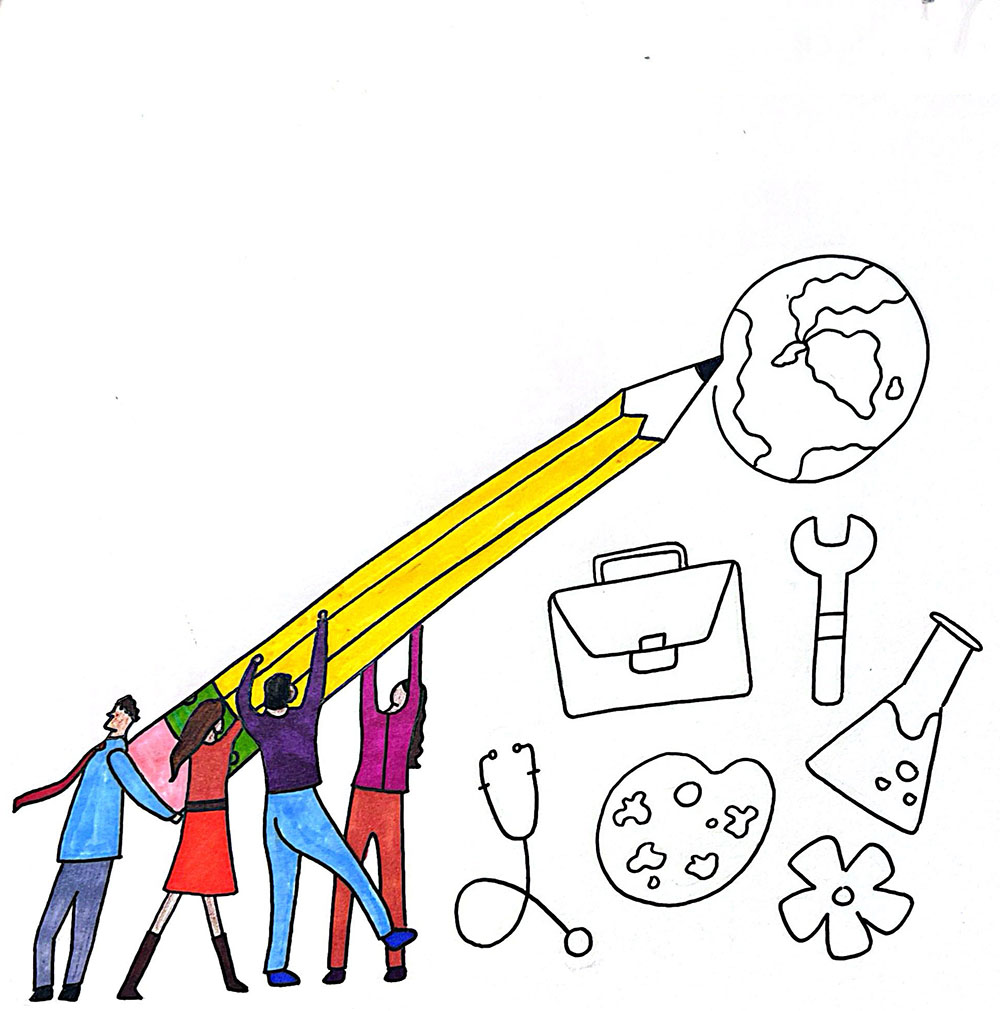
![“My parents have always said that education is important. My parents are Chinese immigrants, I'm Chinese American, [and that's a] value that has always been ingrained in our community,” said Senior Lyndia Zheng, pictured with Tony Zheng](https://bcomber.org/wp-content/uploads/2025/10/DSC_4244.jpg)